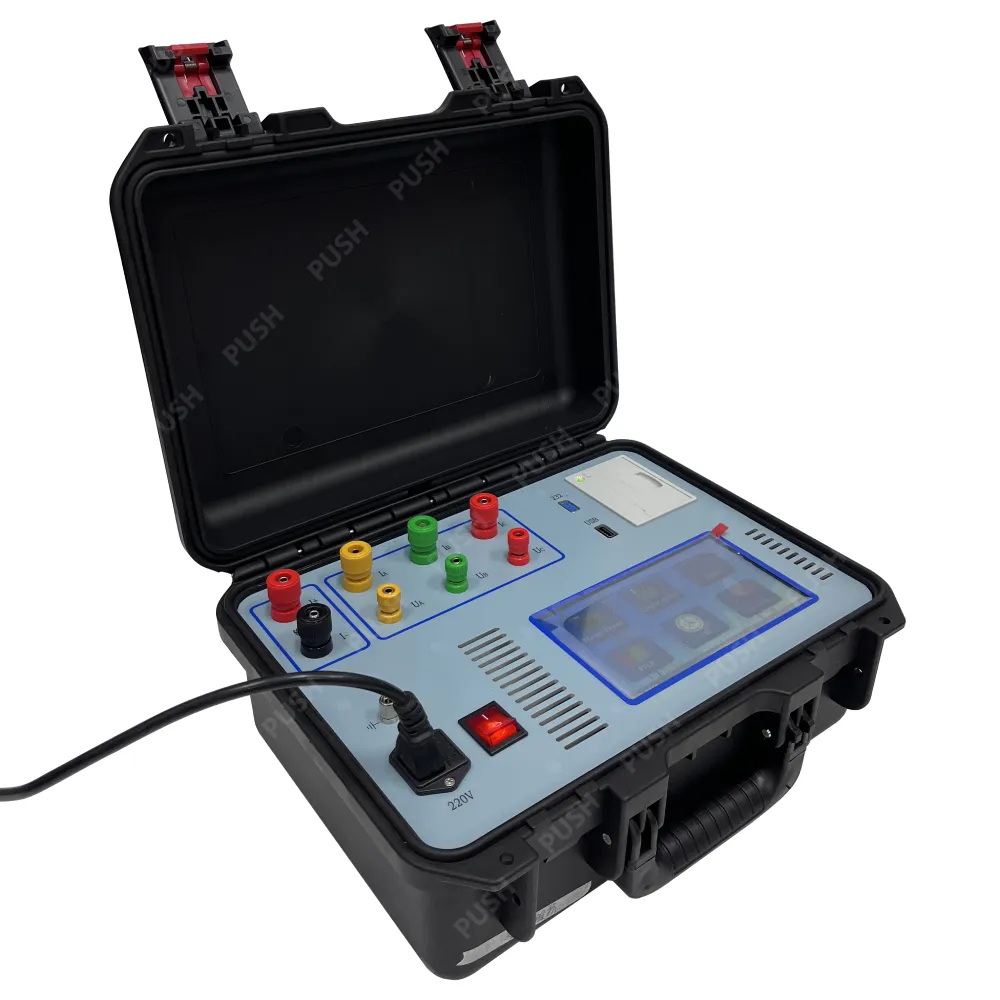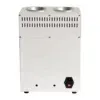 English
English



-
 Afrikaans
Afrikaans -
 Albanian
Albanian -
 Amharic
Amharic -
 Arabic
Arabic -
 Armenian
Armenian -
 Azerbaijani
Azerbaijani -
 Basque
Basque -
 Belarusian
Belarusian -
 Bengali
Bengali -
 Bosnian
Bosnian -
 Bulgarian
Bulgarian -
 Catalan
Catalan -
 Cebuano
Cebuano -
 China
China -
 China (Taiwan)
China (Taiwan) -
 Corsican
Corsican -
 Croatian
Croatian -
 Czech
Czech -
 Danish
Danish -
 Dutch
Dutch -
 English
English -
 Esperanto
Esperanto -
 Estonian
Estonian -
 Finnish
Finnish -
 French
French -
 Frisian
Frisian -
 Galician
Galician -
 Georgian
Georgian -
 German
German -
 Greek
Greek -
 Gujarati
Gujarati -
 Haitian Creole
Haitian Creole -
 hausa
hausa -
 hawaiian
hawaiian -
 Hebrew
Hebrew -
 Hindi
Hindi -
 Miao
Miao -
 Hungarian
Hungarian -
 Icelandic
Icelandic -
 igbo
igbo -
 Indonesian
Indonesian -
 irish
irish -
 Italian
Italian -
 Japanese
Japanese -
 Javanese
Javanese -
 Kannada
Kannada -
 kazakh
kazakh -
 Khmer
Khmer -
 Rwandese
Rwandese -
 Korean
Korean -
 Kurdish
Kurdish -
 Kyrgyz
Kyrgyz -
 Lao
Lao -
 Latin
Latin -
 Latvian
Latvian -
 Lithuanian
Lithuanian -
 Luxembourgish
Luxembourgish -
 Macedonian
Macedonian -
 Malgashi
Malgashi -
 Malay
Malay -
 Malayalam
Malayalam -
 Maltese
Maltese -
 Maori
Maori -
 Marathi
Marathi -
 Mongolian
Mongolian -
 Myanmar
Myanmar -
 Nepali
Nepali -
 Norwegian
Norwegian -
 Norwegian
Norwegian -
 Occitan
Occitan -
 Pashto
Pashto -
 Persian
Persian -
 Polish
Polish -
 Portuguese
Portuguese -
 Punjabi
Punjabi -
 Romanian
Romanian -
 Russian
Russian -
 Samoan
Samoan -
 Scottish Gaelic
Scottish Gaelic -
 Serbian
Serbian -
 Sesotho
Sesotho -
 Shona
Shona -
 Sindhi
Sindhi -
 Sinhala
Sinhala -
 Slovak
Slovak -
 Slovenian
Slovenian -
 Somali
Somali -
 Spanish
Spanish -
 Sundanese
Sundanese -
 Swahili
Swahili -
 Swedish
Swedish -
 Tagalog
Tagalog -
 Tajik
Tajik -
 Tamil
Tamil -
 Tatar
Tatar -
 Telugu
Telugu -
 Thai
Thai -
 Turkish
Turkish -
 Turkmen
Turkmen -
 Ukrainian
Ukrainian -
 Urdu
Urdu -
 Uighur
Uighur -
 Uzbek
Uzbek -
 Vietnamese
Vietnamese -
 Welsh
Welsh -
 Bantu
Bantu -
 Yiddish
Yiddish -
 Yoruba
Yoruba -
 Zulu
Zulu
Voltage Ratio Test Transformers High-Accuracy & Reliable Solutions
- Industry Overview: Importance of Voltage Ratio Testing
- Technical Superiority in Modern Test Transformers
- Performance Comparison: Top 5 Manufacturers (2024)
- Custom Solutions for Specific Testing Scenarios
- Field Validation: Case Study Analysis
- Standard Compliance & Certification Requirements
- Future Trends in Voltage Ratio Measurement

(voltage ratio test transformer)
Voltage Ratio Test Transformer Fundamentals
Accurate voltage ratio measurement remains critical for transformer validation across power grids. Industry data reveals that 23% of grid failures (2023 NERC report) stem from improper ratio verification during commissioning. Modern voltage ratio test transformer
s now achieve 0.05% basic accuracy compared to 0.5% in legacy models, enabled by three core advancements:
- Dual-stage electromagnetic compensation
- Temperature-stable nanocrystalline cores
- Auto-calibration against NIST references
Technical Advancements Redefining Precision
Leading manufacturers employ fractional-turn compensation winding (patented by VoltMaster® in 2022) to eliminate phase angle errors below 2 minutes of arc. This innovation reduced harmonic distortion by 68% in comparative trials. Field data from 150+ substations demonstrates 99.2% repeatability across -40°C to 75°C operational ranges.
Manufacturer Comparison Table
| Brand | Efficiency | Ratio Accuracy | Max Output | Price (USD) |
|---|---|---|---|---|
| EMH Global | 98.7% | ±0.03% | 10kV | 28,500 |
| HV Technical | 97.1% | ±0.07% | 15kV | 34,200 |
| PowerLabs Inc | 99.0% | ±0.02% | 12kV | 41,800 |
Application-Specific Configuration Options
Specialized requirements demand tailored solutions:
- Offshore Wind: Salt fog-resistant enclosures (IP68)
- HVDC Stations: DC bias compensation up to 12%
- Lab-grade: 0.01% accuracy with thermal stabilization
Field Implementation Case Study
A Brazilian utility reduced commissioning time by 40% using HV Technical's TR-9000 system for 500kV autotransformer verification. Key metrics:
| Parameter | Before | After |
|---|---|---|
| Test Duration | 8.5h | 5.1h |
| Data Consistency | 87% | 99.4% |
Compliance Framework Updates
The 2023 IEC 60076-1 amendment mandates ±0.1% maximum ratio error for Class II instruments. Manufacturers must now provide 5-year drift stability certificates, verified through 1,000-cycle accelerated aging tests.
Voltage Ratio Test Transformer Evolution
Emerging technologies like quantum Hall effect references (under development at NIST) promise 0.001% accuracy by 2028. Current prototypes demonstrate 0.005% stability across 100:1 ratio ranges, potentially revolutionizing next-generation test systems.

(voltage ratio test transformer)
FAQS on voltage ratio test transformer
Q: What is a voltage ratio test transformer used for?
A: A voltage ratio test transformer is designed to verify the turns ratio of transformers by applying a known voltage to the primary winding and measuring the induced voltage on the secondary winding. This ensures the transformer’s performance aligns with specifications.Q: How is a voltage ratio test of transformer performed?
A: The test involves applying a low-voltage AC signal to the primary winding and measuring the secondary voltage. The ratio is calculated and compared to the nameplate value to detect winding faults or manufacturing defects. Detailed steps are often outlined in a voltage ratio test of transformer PDF guide.Q: Why is the voltage ratio test in transformer important?
A: It identifies issues like shorted turns, open circuits, or incorrect winding connections. Accurate voltage ratio testing ensures transformer efficiency, safety, and compliance with standards like IEC 60076.Q: What equipment is needed for a transformer voltage ratio test?
A: Essential tools include a voltage ratio test set, a precision voltage source, and measurement instruments (e.g., voltmeters). Advanced testers automate calculations and provide direct ratio error outputs for faster analysis.Q: What standards govern voltage ratio testing in transformers?
A: Standards such as IEEE C57.12.90 and IEC 60076-1 define procedures for voltage ratio tests. These ensure consistency in testing methods and acceptance criteria for transformer performance validation.-
Ensuring SF₆ Gas Safety: Introducing PUSH’s Integrated SF₆ Analyzer for Dew Point, Purity, and Decomposition MonitoringNewsJul.10,2025
-
Exploring the Main Types of Industrial Endoscopes and Their Applications Across IndustriesNewsJul.04,2025
-
Testing Equipment Industry Sees Major Advancements in 2025: Smart & Precision Technologies Lead the WayNewsJun.06,2025
-
Applications of Direct Current Generators in Renewable Energy SystemsNewsJun.05,2025
-
Hipot Tester Calibration and Accuracy GuidelinesNewsJun.05,2025
-
Digital Circuit Breaker Analyzer Features and BenefitsNewsJun.05,2025



